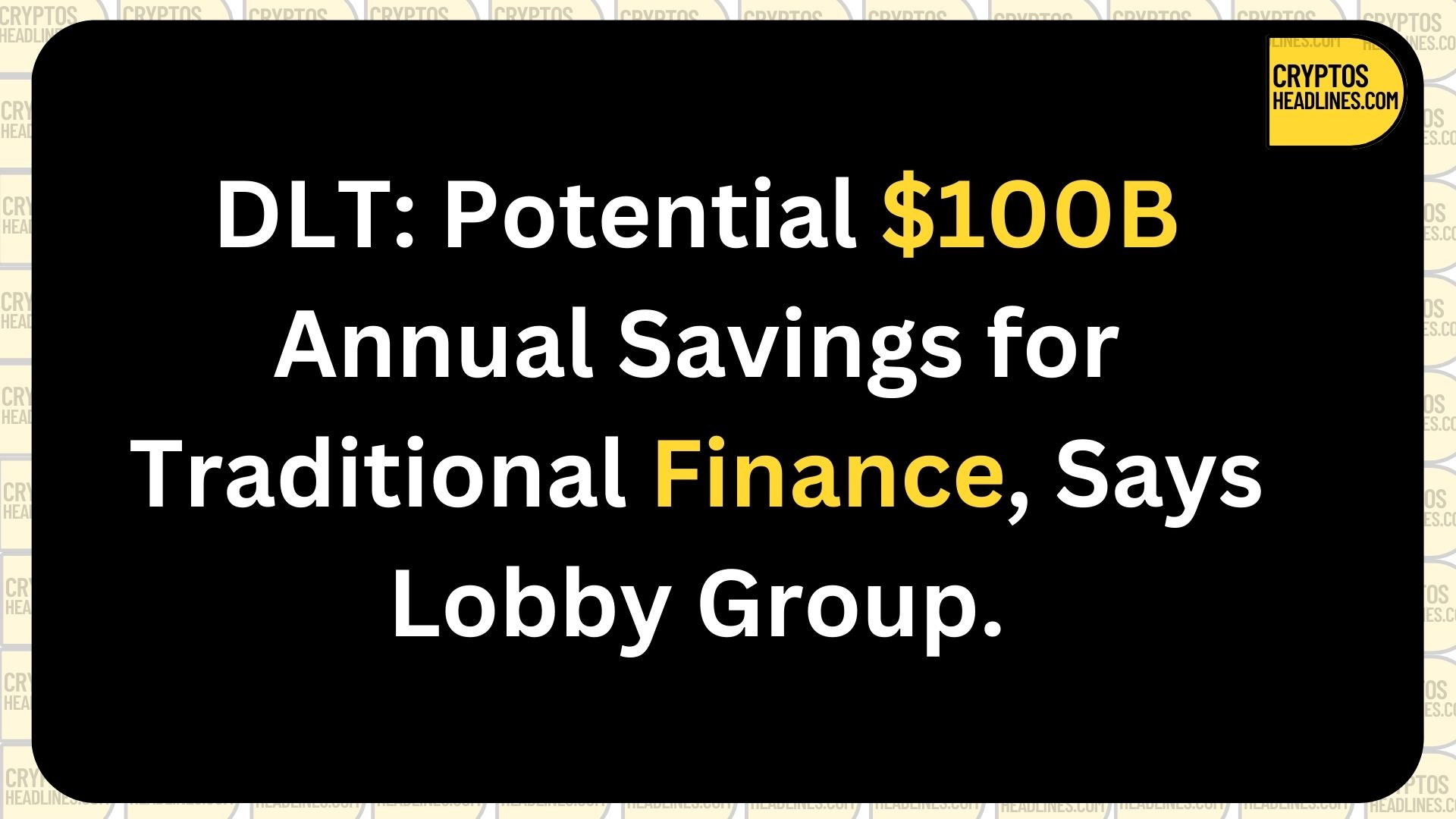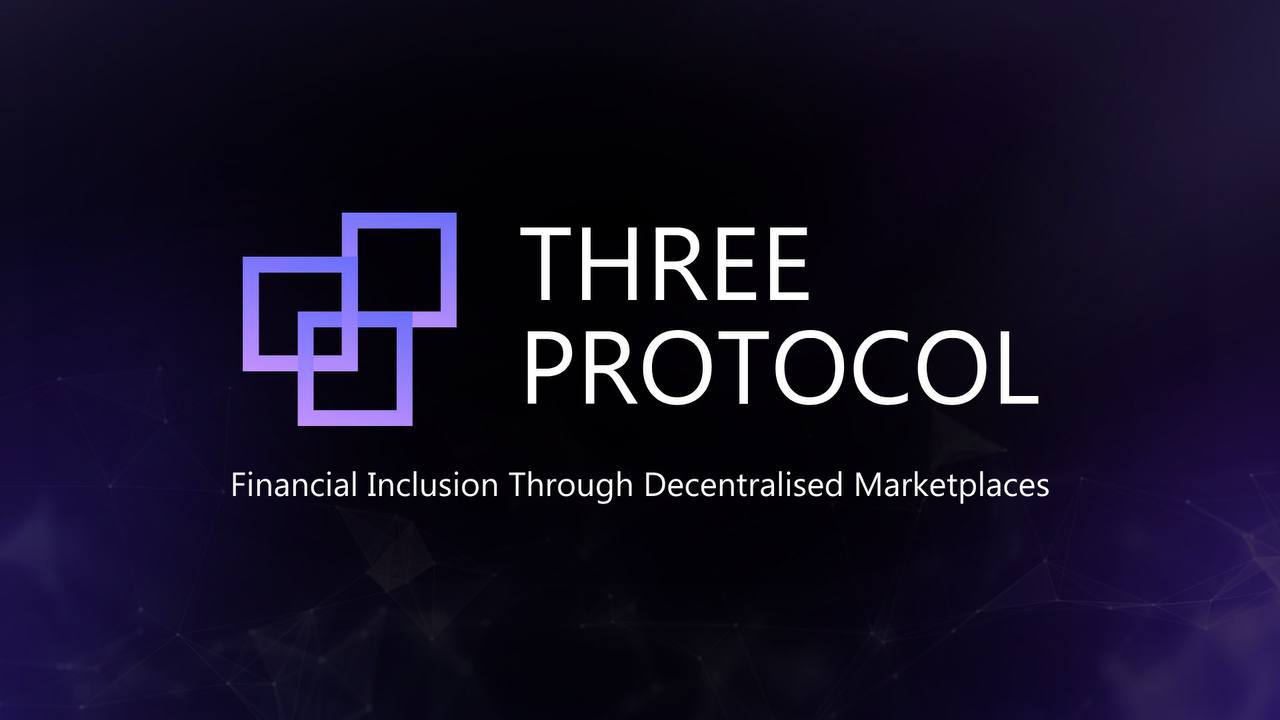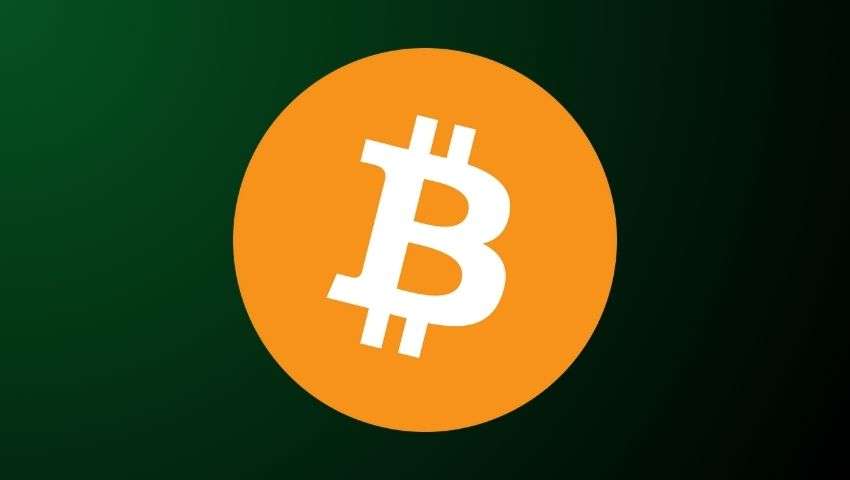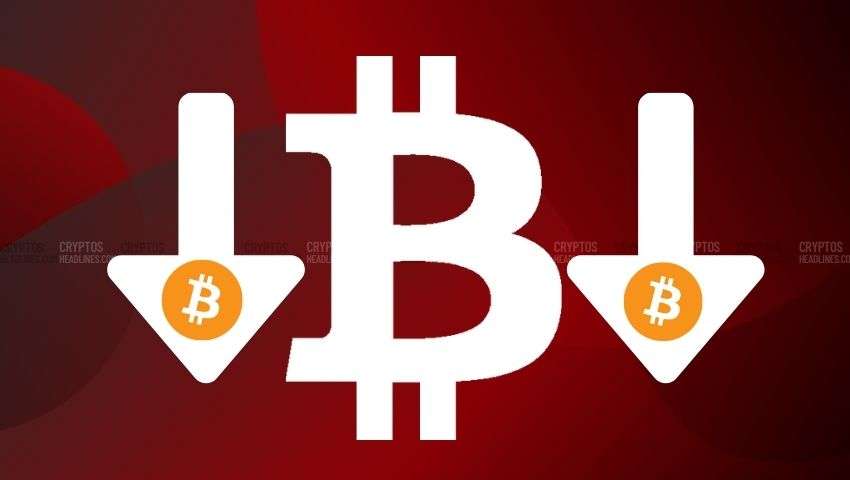According to a new report by the Global Financial Markets Association, regulators are being urged to give greater attention and consideration to distributed ledger technology.
A recent report from the Global Financial Markets Association (GFMA) suggests that by implementing distributed ledger technology (DLT) in traditional markets, savings of approximately $100 billion or more per year could be achieved.
In a report published on May 16, the lobby group representing the traditional finance sector, in collaboration with international consulting firm Boston Consulting Group (BCG) and other entities, called upon regulators and traditional financial institutions to carefully consider the potential benefits of the technology.
A distributed ledger is a broad term used to describe a system that keeps a record of transactions and digital data. Within the realm of distributed ledgers, a blockchain represents a specific type of technology.
Adam Farkas, Chief Executive of GFMA, expressed that distributed ledger technology shows great potential for fostering growth and innovation. Farkas emphasized that this potential should not be disregarded or restricted, particularly in cases where regulatory oversight and resilience measures are already in place.
The report highlights that utilizing distributed ledgers to simplify collateral processes in derivatives and lending markets has the potential to generate approximately $100 billion in additional savings.
Furthermore, by employing smart contracts to automate and strengthen clearing and settlement procedures, it is estimated that annual overhead costs could be reduced by $20 billion.

Impact of DLT on various market elements. Source: GFMA
In general, the areas that are expected to benefit the most from adopting distributed ledger technology (DLT) to some extent are clearing and settlements, with custody and asset servicing following closely behind.
BCG’s analysis suggests that the adoption of distributed ledger technology (DLT) may have a limited impact on primary markets and secondary trading. However, the tokenization of assets in these markets has the potential to enhance risk management and facilitate greater liquidity.
Distributed ledger technology (DLT) is experiencing increased adoption on a global scale. On March 23, Euroclear, a prominent securities clearing firm with a substantial custodied asset value of over $40.9 trillion (37.6 trillion euros), announced its plans to incorporate DLT into its settlements process.
Although progress has been made, there are still opportunities for enhancing the integration of distributed ledger technology (DLT) into existing financial systems.
In November of last year, the Australian Securities Exchange decided not to proceed with its plan to upgrade its outdated clearing and settlements system using distributed ledger technology (DLT), resulting in a financial setback of $170 million.
Just two months ago, Citi investment bank stated that the worldwide market for tokenized assets based on blockchain technology could potentially reach a remarkable $5 trillion by the year 2030.
This information is for general knowledge only and should not be considered as advice for investing or making financial decisions.










